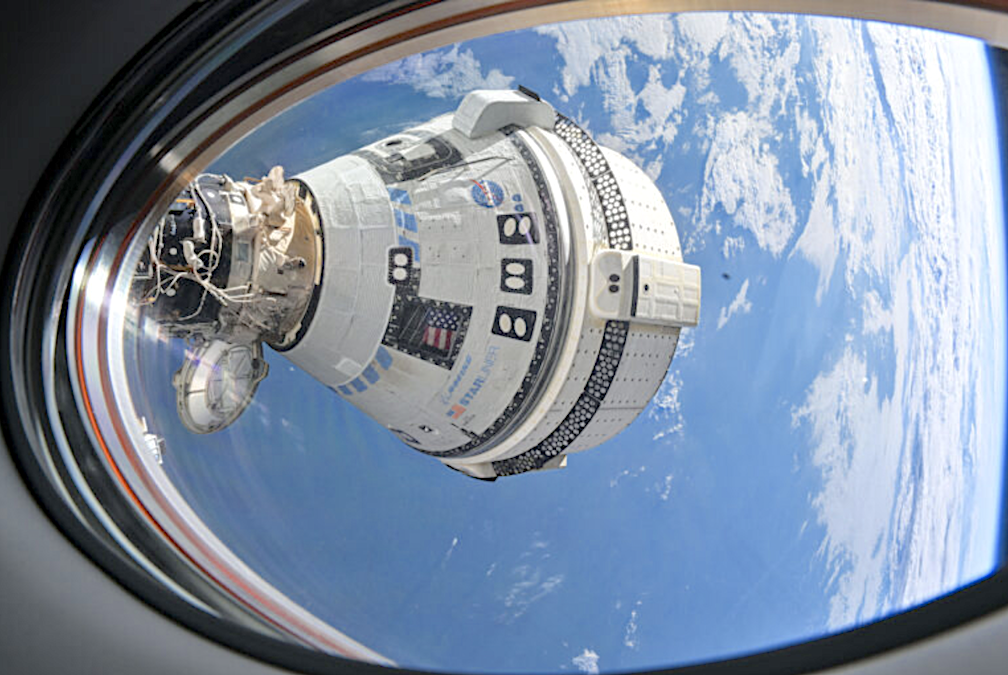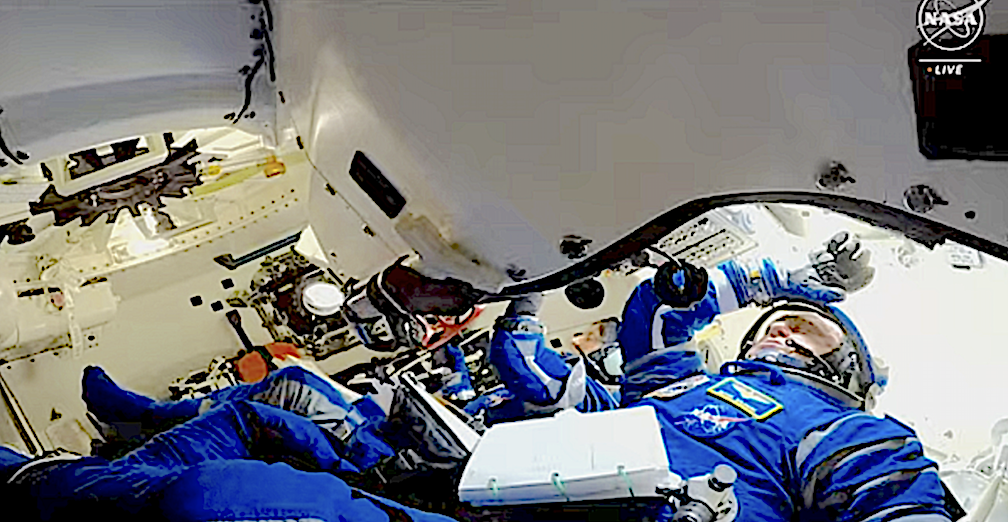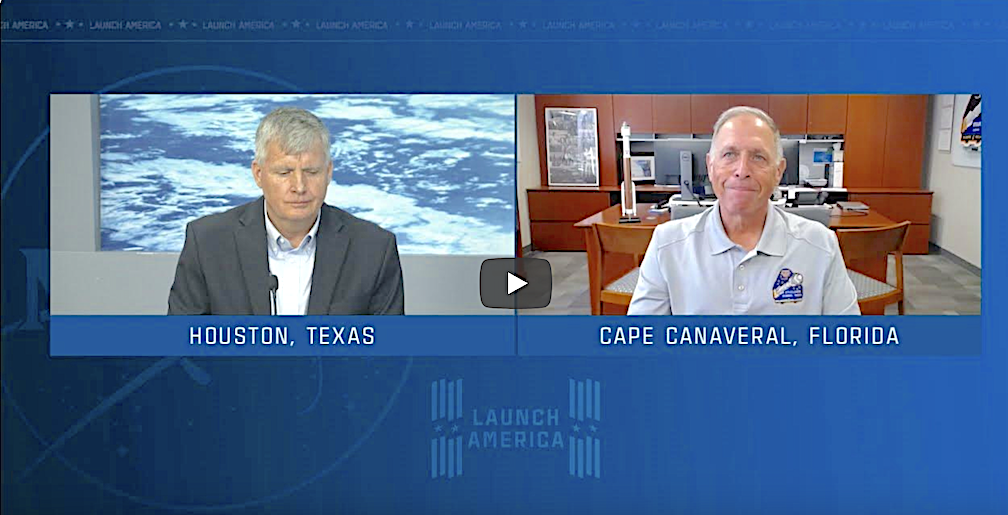
NASA will be sending more astronauts to the ISS in the next few weeks shuttled by SpaceX however the two stranded NASA astronauts taken aboard Boeing’s Starliner, and delivered to the ISS on June 6, have yet to return home due to technical difficulties with the space vehicle. As the astronauts approached the ISS several of the Starliner’s thrusters malfunctioned due to what NASA identified as “five small helium leaks in the spacecraft’s service module.”
That, in and of itself, is one issue. The new logistical issue is that there aren’t enough parking ports at the ISS to accommodate the USA. NASA and SpaceX’s Crew Dragon Freedom mission to the ISS with a four-person voyage will take place “no earlier than August 18.”
Houston we have a problem…
Here’s the problem for the ISS Meter Maid/Person, so to speak: the ISS has six docking ports, four on the Russian side and two on the U.S. side, and both U.S. ports are currently occupied and the Russian ports are not compatible.
SpaceX’s Crew Dragon Endeavour is occupying one spot that taxied the Crew-8 mission in March with four astronauts aboard that is not scheduled to return until sometime in the fall. The other parking slot is occupied by Boeing’s Starliner which is waylaid due to faulty thrusters. Therein lies the scrub.

At the last few minutes the astronauts’ nerves are beginning to show. Photo captured on Saturday, June 1, by Satnews from ULA video stream.
On Saturday, the Starliner crew and ground teams completed a test to evaluate the spacecraft’s propulsion system that NASA’s Commercial Crew program said would inform an upcoming “agency readiness review” for Williams and Wilmore’s return to Earth.
Boeing’s update
The Starliner team completed a docked hot fire test of the spacecraft’s Reaction Control System (RCS) thrusters Saturday afternoon, and monitored its helium system, providing additional data points for the Crew Flight Test’s return to Earth.
With Starliner flight director Chloe Mehring at the helm and Boeing engineers on console monitoring the spacecraft’s systems, flight controllers commanded the sequential firing of 27 RCS thrusters.
“The integrated teams between Starliner and ISS worked extremely well together this week to finalize and safely execute the docked hotfire sequence,” said Mehring, who will lead the Starliner flight control team in the upcoming undocking from the International Space Station.
“Both teams were very happy with the results.”
The one-pulse firings were designed to confirm the performance of each thruster. Aft-facing thrusters were fired for 1.2 seconds and all others for .40 seconds. Between each firing, the team reviewed real-time data and all thrusters performed at peak thrust rating values, ranging from 97-102%. The helium system also remained stable. Additionally, an RCS oxidizer isolation valve that was not fully seated previously, was cycled several times during today’s testing and is now operating normally.
This is the second time the spacecraft has been hot fired successfully while docked, an integrated operation the station and Starliner teams will also conduct during future long-duration missions.

Flight test astronauts Butch Wilmore and Suni Williams were inside Starliner Calypso giving the team on the ground real-time feedback during the test. In preparation for the return home, Wilmore and Williams will participate in two undock to landing simulations next week.
A Flight Test Readiness Review is tentatively planned for late next week, and the data gathered today will be reviewed and included in return flight rationale. While a landing date has not yet been set, opportunities are available throughout August.
“I’m very confident we have a good vehicle to bring the crew back with,” Mark Nappi, Starliner program manager and vice president, said during a July 25 news conference.
BTW…Boeing’s new CEO
After a core operating loss of $1.4 billion in Boeing’s second quarter that exceeded more than triple the loss from the previous year, Boeing announced a new CEO. Boeing will pay Kelly Ortberg an annual base salary of $1.5 million, as well as incentives for next year valued at $20.5 million, according to a company securities filing, and will receive $1.25 million in cash and other compensation valued at $16 million.
